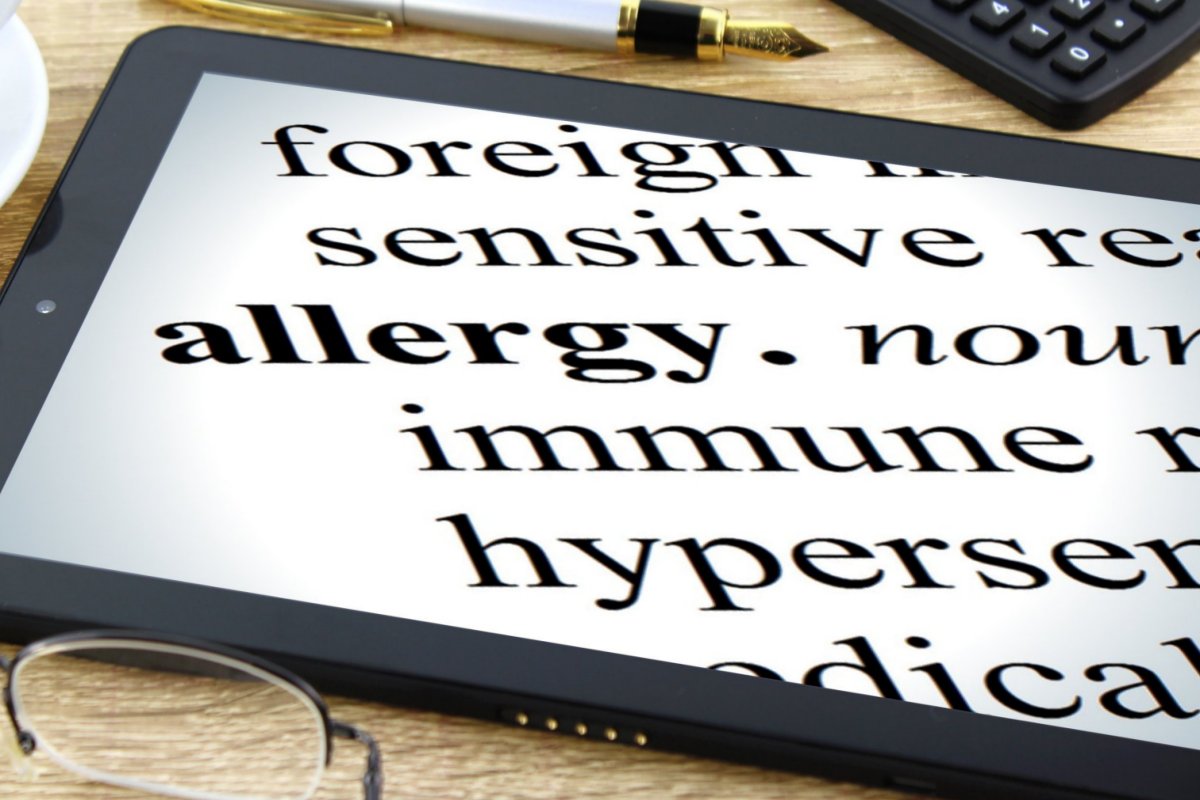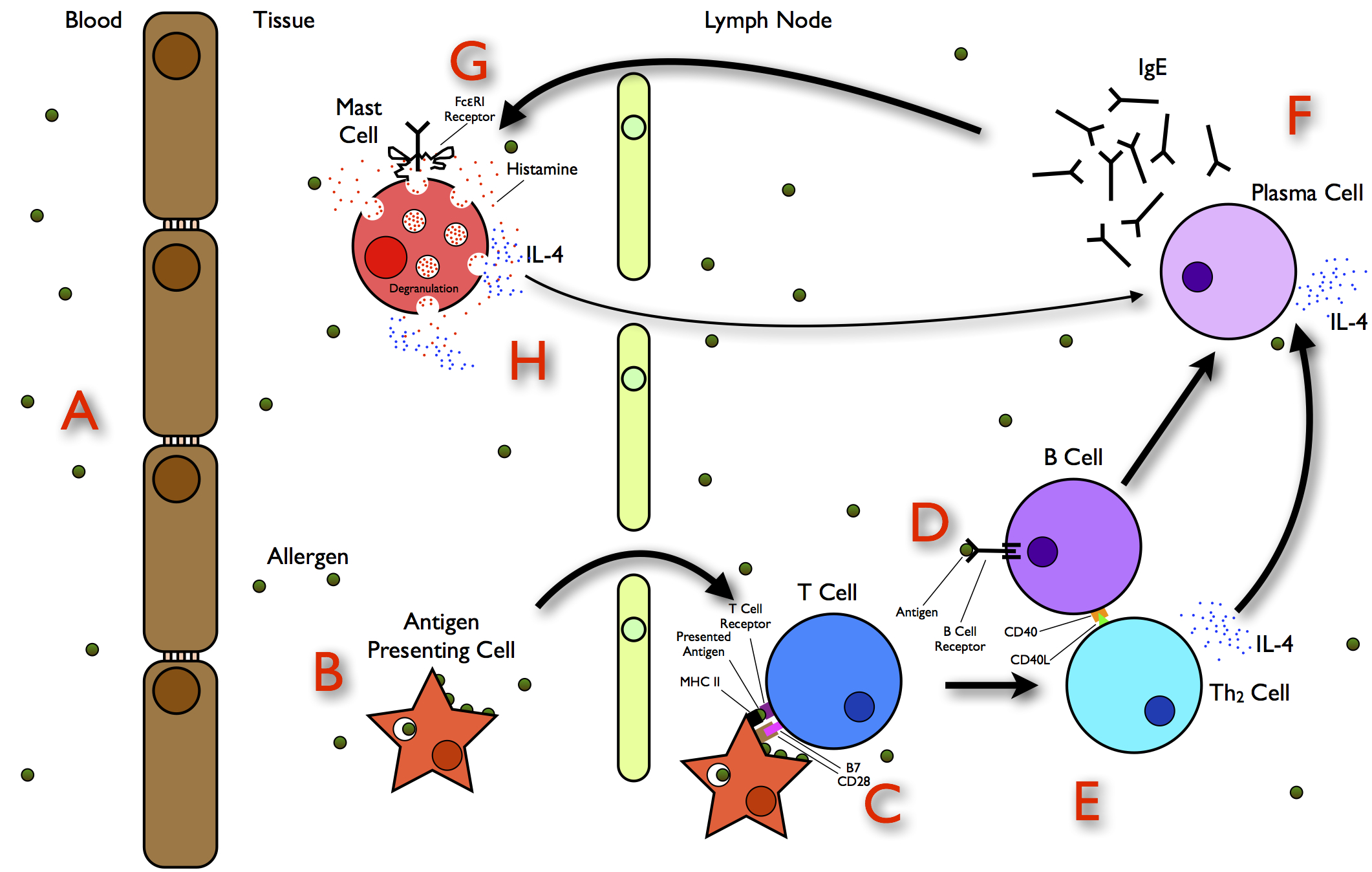
Allergies are a major cause of illness worldwide. Worldwide, the rise in prevalence of allergic diseases has continued in the industrialized world for more than 50 years. About one in four people have or will have some type of allergy at some time of their lives. There are literally hundreds of different causes of allergies. Allergy symptoms may vary from mild to serious and life threatening.
WHAT IS ALLERGY?

Allergy is a reaction of a person’s immune system to substances in the environment that are normally harmless. Those substances are called allergens and most common are: dust mites, pollen, pets, moulds, some foods and medicines. The tendency to develop allergy is inherited and is called atopy. When atopic people come to contact with an allergen they develop an immune reaction which leads to allergic inflammation. This inflammation can occur in almost all part of the body, but it usually affects nose and/or eyes (e.g. hay fever), skin (e.g. eczema) and lungs (e.g. asthma).
A substance that’s an allergen for one person may not cause a reaction in another atopic person. And everyone reacts differently, even to the same substance.
WHAT HAPPENS DURING AN ALLERGIC REACTION?
When an allergic person comes to contact with the particular substance, an allergic reaction occurs. The allergen enters the body which triggers the person’s antibodies to respond. Those antibodies are special cells and part of the immune system. Triggered antibodies then attach themselves to the other type of cells called mast cells, which as a response release histamine. Histamine is a substance that causes all the symptoms of an allergy – swelling, itching and redness.



No comments:
Post a Comment